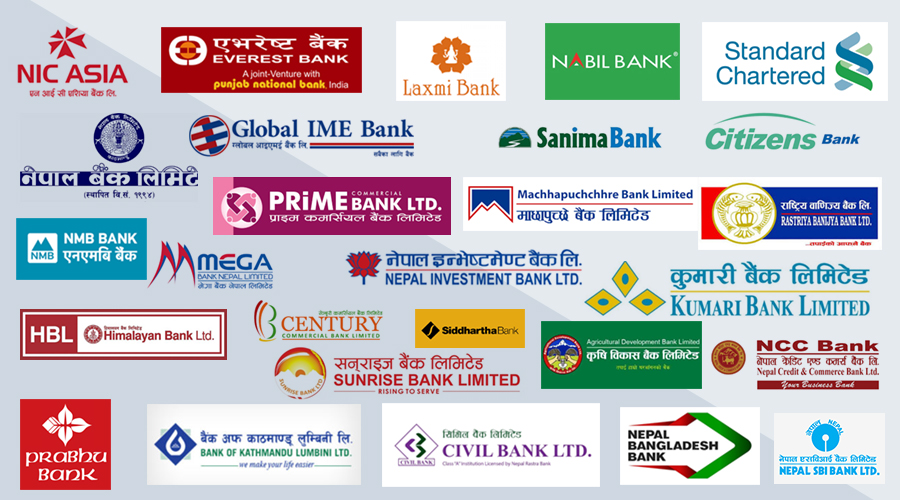KATHMANDU: A Nepal Rastra Bank (NRB) committee, tasked with addressing issues in microfinance institutions, has revealed that 418,722 borrowers have taken loans from two or more microfinance entities.
During the NRB Board of Directors meeting on February 22, 2023, a seven-member committee led by NRB’s Executive Director Prakash Kumar Shrestha disclosed that 18 percent of total borrowers are obtaining loans from multiple financial institutions.
The committee recently released its study report, indicating that these borrowers who borrowed from multiple institutions have utilized Rs 141 billion (37.9 percent of the total loans).
The report states, “81.8 percent of borrowers have loans from a single institution, while the remaining 18.2 percent (418,722 individuals) have loans from two or more microfinance institutions, with these borrowers accounting for Rs 141 billion (37.9 percent of total loans).”
The study also reveals that some borrowers have taken loans from as many as 23 different institutions, with the largest loan of Rs 52,17,834 being disbursed to a single borrower through 22 loan accounts from 17 microfinance institutions.
The report further breaks down borrower statistics: 11.7 percent borrow from only two institutions, 5.6 percent from three to five institutions, 0.8 percent from 6 to 10 institutions, and 0.1 percent from more than 10 institutions.
In terms of loan size, the study shows that the number of borrowers’ loan accounts increases with the size of the debt. For instance, 29 borrowers have loans of less than Rs 50,000, while only 0.2 percent (around 3,852 individuals) have loans exceeding Rs 1.5 million. Borrowers with loans ranging from Rs 200,000 to Rs 500,000 constitute 21.2 percent of the total borrower pool, accounting for 40.7 percent of the total debt.
The report highlights several key issues in the microfinance sector, including the rapid expansion of microfinance institutions, concentration of institutions in certain sectors, multi-banking practices, excessive debt among some customers, and weak internal control systems.
Furthermore, it points out that factors such as overexpansion beyond capacity, weak institutional governance, declining credit discipline, economic laxity, deviation from organizational goals, and a failure to focus on the target demographic in line with microfinance principles have created pressure and problems in the microfinance sector.
The report also notes that declining profitability, reduced operating independence, and increasing non-performing loans are putting strain on the microfinance sector.
The operating self-reliance ratio, once high, has decreased to 103.2 in Chaitra (mid-March to mid-April) 2023, with 39 institutions having ratios less than 100. Non-performing loan ratios have risen to 7.43 in Chaitra, compared to less than three percent in previous years.
From 2017 to 2023, the average growth rates for branches, employees, and loans in microfinance institutions were 25.04 percent, 22.82 percent, and 35.8 percent, respectively—figures higher than those of commercial banks. As of mid-April, there were 5,164 branches, 22,846 employees, and a loan investment of Rs 441.4 billion in microfinance financial institutions.
The report underscores the lack of integrated credit information for borrowers across all banks, financial institutions, cooperatives, and microfinance entities, making it impossible to track individual borrowing histories. To address this, the report suggests affiliating cooperatives with a centralized credit information center.

